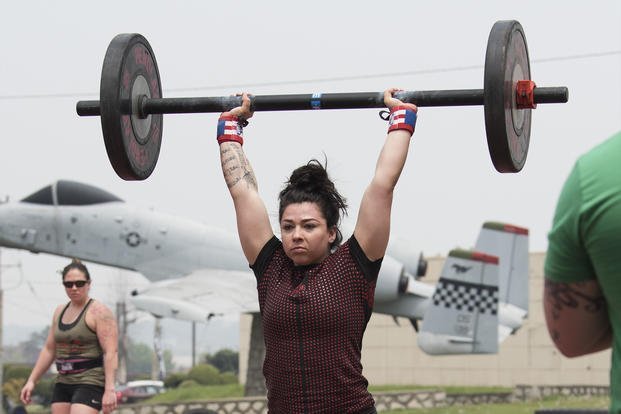Tactical fitness requires skillful use of all elements of fitness. Developing a more balanced fitness routine is the way to achieve that. This is a question from a reader asking for some details about these fitness components as they relate to our capabilities and the professional requirements of the military service.
In a recent article on tactical fitness, we mentioned several important fitness components, including strength, agility, and endurance. Can you elaborate on how each element contributes to mission accomplishment in military operations? Thanks, Jack
Developing the elements of fitness and ensuring service members are proficient in all of them is a journey of adapting to the unique job requirements of each Soldier, Airman, Marine, Sailor, and Parent. More physically demanding roles require further development of these elements, including strength, power, speed, agility, endurance, muscular stamina, flexibility, mobility, grip strength, etc. The goal is to become versatile as you age through this tactical profession, prioritizing health, wellness, and longevity in any situation.
Not all jobs require a high level of physical ability, so health and wellness may be strictly a goal for some military personnel. However, for those who have experienced combat or been placed in dangerous situations, fully developing these fitness areas is critical to survival and being a useful member of their unit.
The following elements of fitness are categorized into groups that work well together to help develop other qualities that are valuable to military personnel.
Strength, Power, Speed, and Agility: Just as athletes train for specific sports such as football, soccer, and rugby, tactical athletes train for load-bearing, carrying heavy equipment, and uneven surfaces. Requires these abilities developed to increase overall durability, such as quick movement across terrain. and obstacles. These elements complement each other within training and are easy to work together in a training cycle.
Endurance and Muscular Stamina: Depending on your job, you may need to develop multiple types of endurance modes, specifically running, rucking, and swimming (or all three). Muscular stamina, a complementary component of fitness, works with cardiovascular endurance to develop work capacity. Working standing for long periods of time and carrying and moving gear and equipment requires endurance and muscular stamina. In many cases, long hours turn into night work. Be prepared for long days and nights.
Mobility, Flexibility, and Grip Strength: Although not mentioned in the question, it increases joint mobility and flexibility, which when combined with strength increases stability. Joint stability is essential for everyone and also helps with overall balance. This will help you feel better and may prevent bruises, sprains, falls, and overuse injuries. Grip strength is a component of strength and endurance, but adding grip strength training to your day by hanging from a pull-up bar can also help your body decompress and stretch.
If the above fitness elements are poorly developed, weaknesses remain, hinder performance, and create a risk of potential injury and failure in job performance. Becoming a well-rounded individual takes effort, but you don’t have to be a world-class athlete to excel in all of these events. All you need to do is add them to your training cycle throughout the year.
We use a system called Seasonal Tactical Fitness Periodization. This distributes the components in cycles of concentration and maintenance throughout the year. Give it a try.
Want to learn more about military life?
Whether you’re thinking about joining the military, looking for fitness and basic training tips, or just want to learn about military life and perks, Military.com can help. Sign up for Military.com to get military news, updates and resources delivered straight to your inbox.
story continues
Source link

